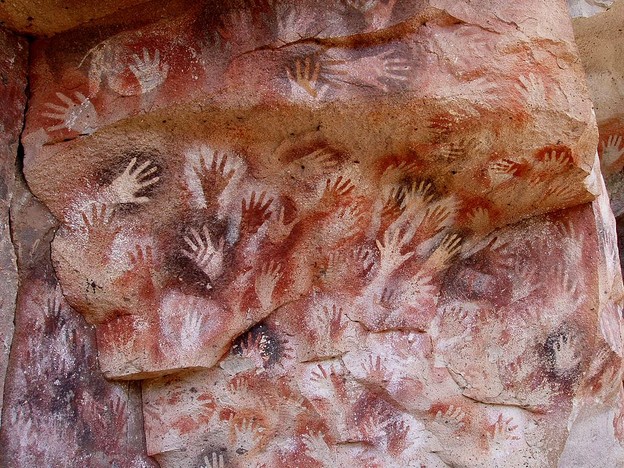What will poetry be in ten thousand years? (7)
David Huebert

Post-ecopoetics is a guide for thinking the longevity and durability of the poem in deep time. I have asked a number of poets and scholars to serve as additional guides by asking them to respond to the following questions: “What will poetry be in ten thousand years? If you wrote a poem that you knew would last ten thousand years, how would this impact your writing?”
Each of their responses will be posted as an individual commentary linked to this series.
Practically speaking, writing something I knew would last ten thousand years would be terrifying to the point of paralysis. I certainly wouldn’t be able to write anything resembling poetry or human language, because I don’t believe such things will last ten thousand years, or even one thousand. I think, not originally, that simple images, music, and math would be better modes of communicating with the deep future, where what we now call the “human” most likely won’t be recognizable, and certainly won’t be listening in any familiar sense.
Theoretically, though, I like the idea of writing in the shadow of the incomprehensible — I’ve long been drawn to Nietzsche’s aphorism about the abyss gazing back. Acknowledging the temporal vastness of life and the radical insignificance of the human individual and species can, and has, led to some amazing poetry (I think of Tennyson’s “In Memorium” and Don McKay’s poetics of the geological phantasmagoric). Insofar as my writing assumes the radical vulnerability and tenuousness of all life, I do try to create verse that quakes and cringes in the maw of time. So: a poetry written from a sense of trembling against the enormity of the unseen, the unknown. Isn’t that what all good poetry is already?
The very idea of deep time, thought in terms of the history of ideas, also demonstrates a moment of profound epistemological fracture in the Western world. The discovery of the fossil record and the subsequent acknowledgement that there might be other ways of knowing and feeling time beyond the Biblical led to some radical spasms of thought-making. Encountering this rupture — the slit Lamarck, Darwin, and Lyell, and others tore in the fabric of time — can help us see that time itself is a poetics of vulnerability. That time is a narcotic we use to ease the hurt of consciousness. Why not rip a seam in our thinking and see what pours through?
The best example I’ve seen of how we are currently creating a poetics that will last ten thousand years came to me through Elizabeth Kolbert’s book The Sixth Extinction (Picador, 2014). Kolbert cites geologist Jan Zalasiewicz, who claims that a hundred million years from now a stratigrapher would easily be able to discern the record of contemporary anthropogenic activity in buried layers of sedimentary rock (105), the place where we now construct our theories of the planet’s deep time lifespan. No monuments or symbols, then, but the signature we are currently writing into the earth’s core. This is the poetics of the carbonated age — and why shouldn’t this petrified signature remain, lovely and senseless as the engravings on a tombstone, ten thousand years from now?
Post-Ecopoetics